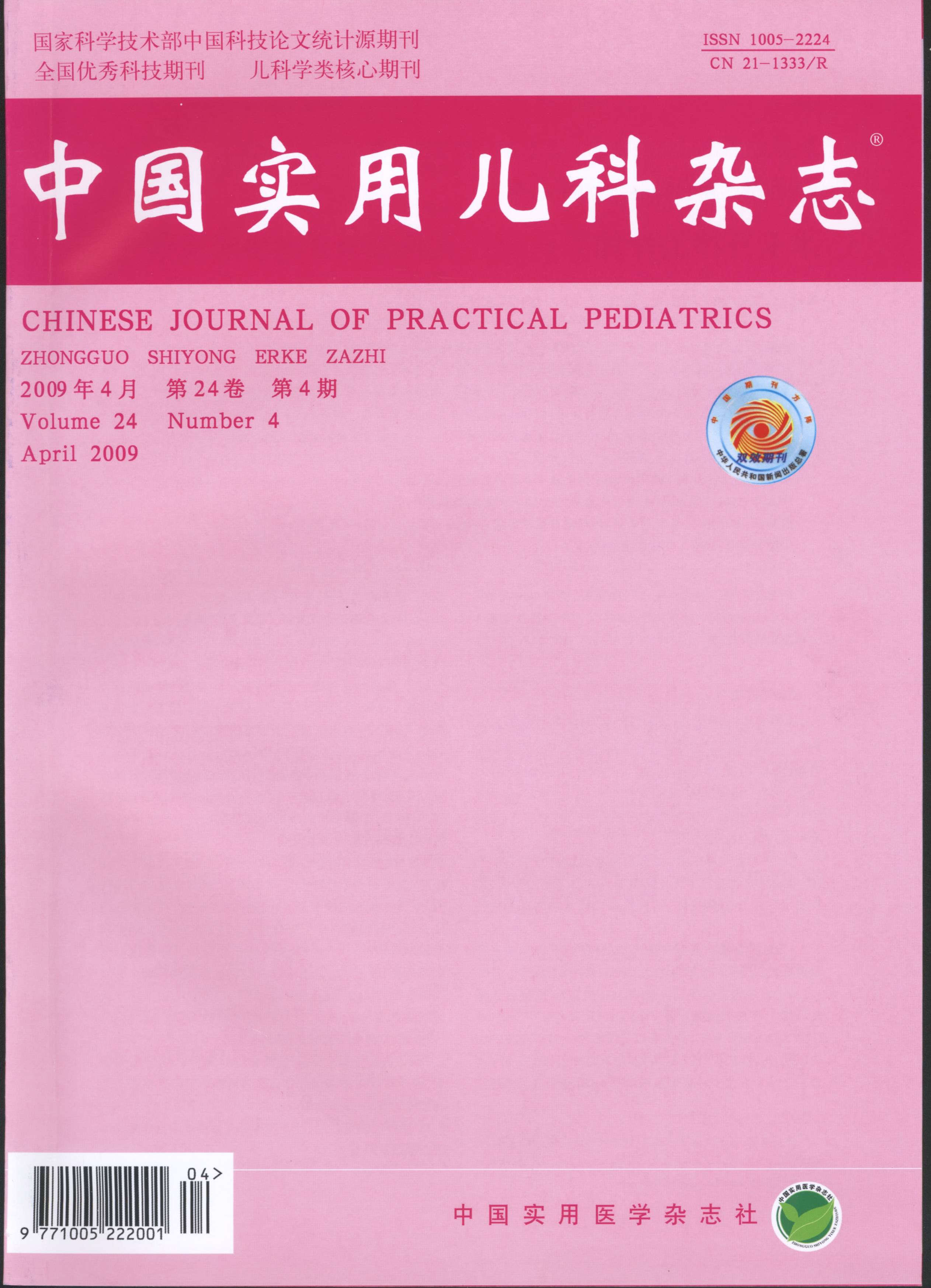Objective To investigate the predictive value of flow-mediated vasodilation (FMD) of brachial artery on therapeutic efficacy of midorine hydrochloride for vasovagal syncope (VVS) in children. Methods Twenty-four children with unexplained syncope underwent head-up tilt test and were diagnosed with VVS. All the patients received FMD detection and midodrine hydrochloride treatment. The patients were followed up in clinics after one month of treatment and repeated FMD detection was performed. After three months the patients were followed up by telephone. Twenty-four patients were followed up for 10~18 months,with a mean of (14.5±2.3) months. The recurrence of syncope at the end of followed-up was used to evaluate the therapeutic efficacy. ROC curve was used to explore the predictive value of FMD. Results For 24 patients,FMD was reduced after one month treatment of midodrine hydrochloride [(11.07±3.11)% vs (7.64±1.81)%,P < 0.001] without any change in resting heart rate,resting systolic arterial pressure and baseline brachial artery diameters. During the follow-up period,5 patients had recurrence of syncope. The effective rate of midodrine hydrochloride was 79.2%. There were no significant differences in resting heart rate,resting systolic arterial pressure and baseline brachial artery diameters before treatment between the patients with different therapeutic response. FMD in patients with good therapeutic efficacy was significantly higher than that with poor therapeutic efficacy [(11.93±2.83)% vs (7.80±1.63)%,P = 0.005]. ROC curve on predictive value of FMD showed that area under curve was 0.895 with a 95% confidence interval of 0.22~0.49,and a FMD of 8.85% as cutting value produced both high sensitivity (90%) and specificity (80%) to predict efficacy of midodrine hydrochloride for treating VVS. Conclusion FMD can be considered as an indicator for selecting midorine hydrochloride as a treatment for VVS in children. FMD of 8.85% taken as a cut-off value produces both high sensitivity and specificity.

